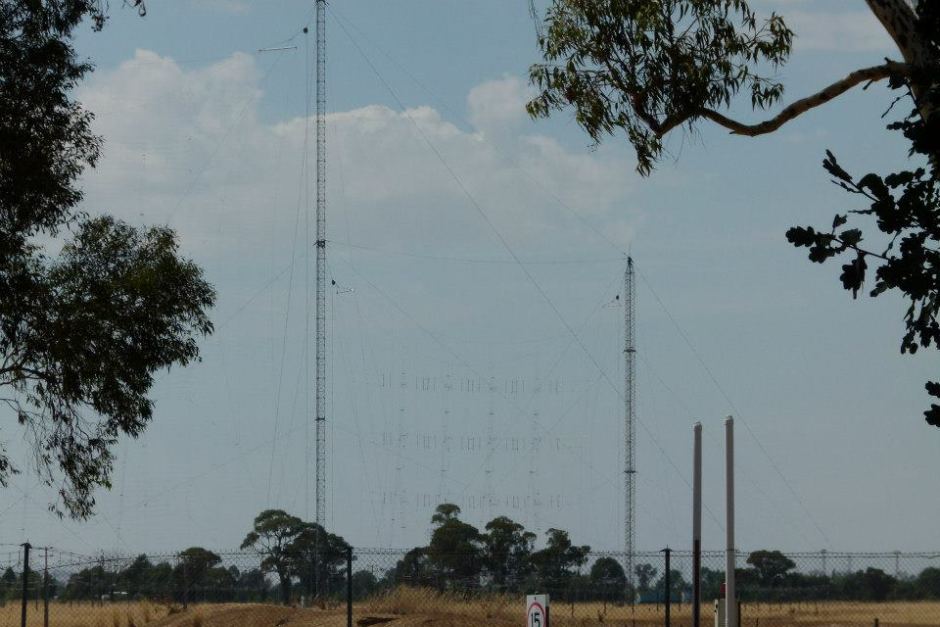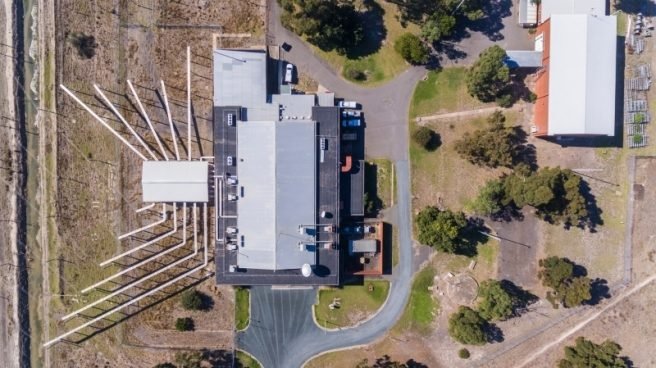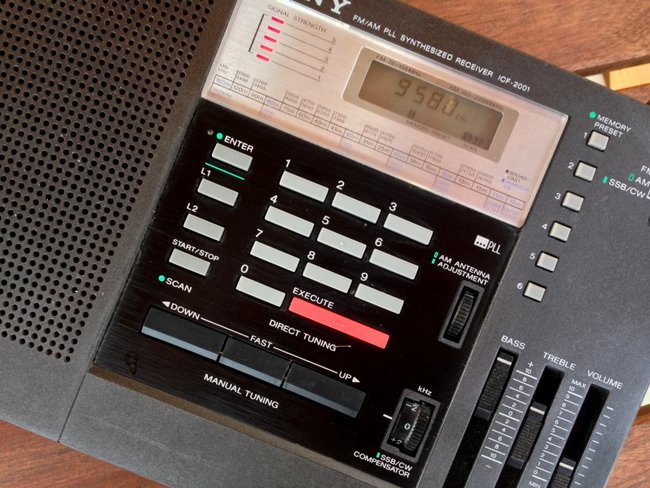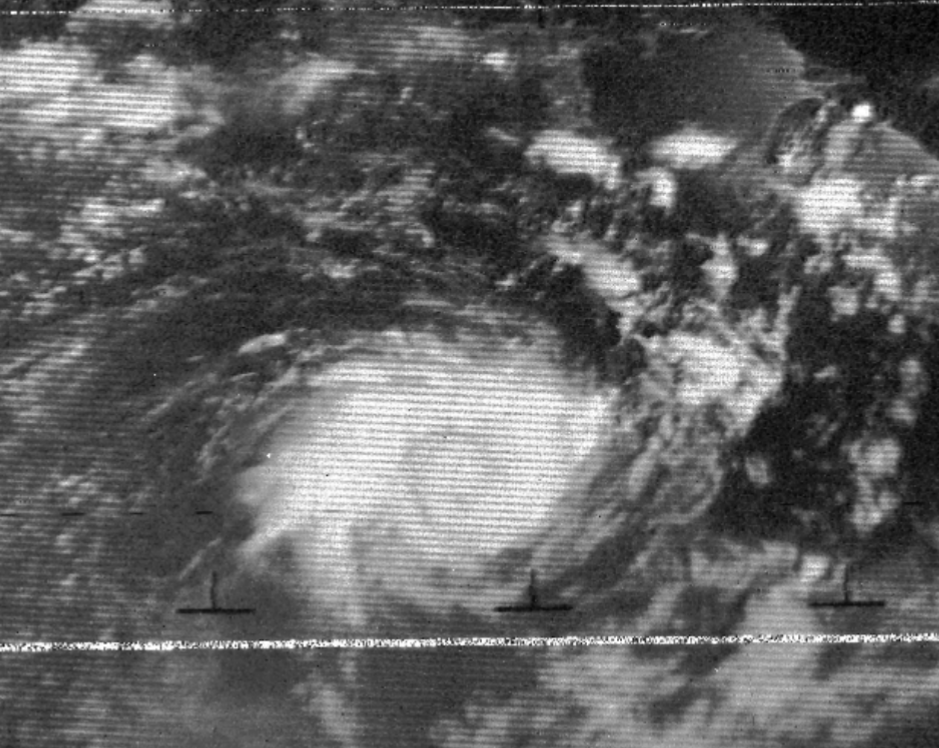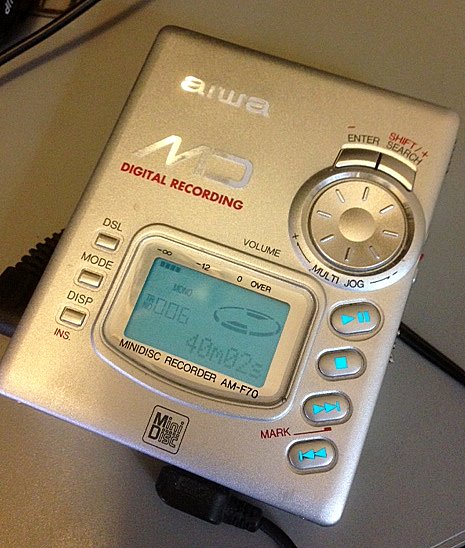Radio Australia: Circa 1974
/The Shepparton transmitter site of ABC/Radio Australia
Many thanks to SRAA contributor, Bob Purse, who shares the following recording and notes from his excellent website Inches Per Second:
For those of you who like it, here are two more entries in the series of Australian Shortwave [Note: Recording 1 was published on the SRAA last week], which I've been parceling out from time to time since not long after this blog began. I'm fairly certain the person who recorded these programs lived somewhere in North America, because all of the shows (up until this posting) were from episodes directed at that continent. But additionally, I wonder now if the person lived on the west coast of North America, because he or she made an effort (on the same tape as a show from 9/5/74), to capture Australia Shortwave during a program broadcast towards Asia and the South Pacific. The quality of the connection during that portion is, as you'll hear, quite poor, but it did come in, at a level and quality that I would guess it wouldn't have been received in the eastern half of the continent.


